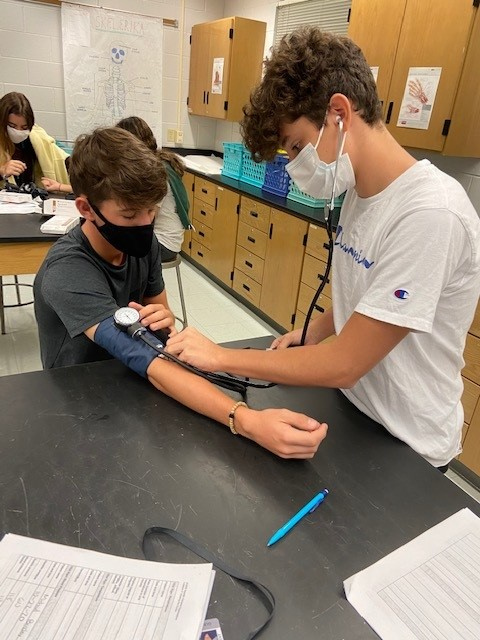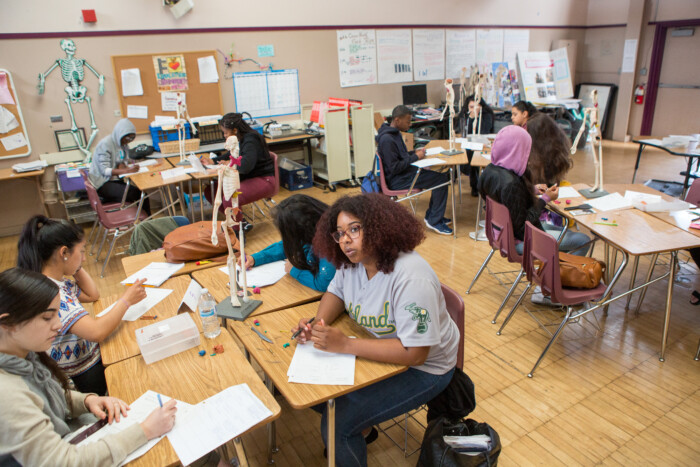This publication focuses primarily on the adoption of credentials by education institutions. That being said, because this is a diverse market, human resources and employer learning and development are identified throughout as inextricable pieces of the broader challenge with varying acceptance and readiness.
Credentialing Trends in Workforce and Human Resources
Many emerging competency and skills-based solutions for students are separate from the solutions in education or hiring. While a common standard for learner records is a useful representation of skills, full implementation at the K-12 level falls short of its promised impact if HR professionals don’t use these LERs and if the LER isn’t easily updated with ongoing upskilling and reskilling. That being said, credentials are more readily accepted by employers than education institutions, and both HR teams and leadership value well-documented experiences (internships, apprenticeships, etc.) more than alternative credentials. A SHRM study of 5,000 professionals found that executives are more than three times more willing than HR professionals to value an alternative credential.

There is progress, however. At the federal and state levels, shifts to remove degree requirements have sparked a shift to skills-based hiring in numerous states and sectors across the country. This method of hiring is viewed as a more viable and efficient alternative to relying heavily on degrees as a skill proxy. That being said, Josh Bersin, a leading voice in HR, shared in a podcast that “the simplistic idea that we’re going to build a skills model and do this just based on skills is ridiculous.” He continued, “I remember when I talked to Ashutosh at Eightfold about this many years ago, and he made comments to me like ‘We know what you’re good at because of who you worked with, where you worked and when you worked in a particular job or company because we know what tools, technologies, problems, solutions and other people were there at that time.’”
Similarly, this skills-based transition has not yet instilled confidence in employees that they would be able to make internal moves rather than seek new jobs.
Recent studies from LinkedIn Learning have shown that 90% of organizations are concerned about employee retention and have found that workplaces that commit to providing learning opportunities have an outsized impact on retention as well as internal mobility, promotion from within and other desirable indicators of employee satisfaction and engagement. By increasing the visibility into how skills stack into roles and how skills are demonstrated, employees will have clearer pathways to reskill, upskill and move within the company.
While slow to scale, companies with a history of internal upskilling and talent development are perhaps the furthest ahead in adopting new technologies to fuel this transition to skills and skills recognition. Although effective at communicating skills and badging infrastructure, many of these solutions are unique to the specific company (i.e., branded competencies) and are not largely accessible or transferable.
Programs like IBM SkillsBuild, Grow with Google, Salesforce Trailhead and others open the doors for current employees and outside professionals to explore the many possibilities of technical skills.
Additionally, the Multi-State Collaborative on Military Credit and MIL-CRED (Military Credentials), the U.S. Army leads the way in the shift to competencies and LERs in the U.S. They began prototyping this credentialing ecosystem in 2017, and it meaningfully captures soldiers’ learning outcomes for Army leaders, talent managers and soldiers themselves. The credentials are portable both in and out of the Army.
Credentialing Trends in Secondary Education and Higher Education
Every learner that completes a program of study receives a credential, (although they are not always referenced as such). A high school diploma is an example of a credential with low fidelity for employers. While it validates that the learner has completed a set of courses that presumably cover standards and skills, it is, at best, a proxy indicator of learner proficiency, capability or even experience.
The current assessments of core skills tend to be weak signals for long-term success, while durable skills (such as communication, collaboration, leadership, and project management) are recognized as increasingly important for the workplace and rarely get evaluated. While over a million different credentials are available for learners from high school through employment (often focused on technical skills), many are weak proxies for skills not widely valued.
To conduct research on Durable Skills, America Succeeds studied millions of job postings and identified a high prevalence of Durable Skills and identified the following:
To create a more robust and articulate credentialing system, we can learn from the existing effective pathways, such as Certified Nursing Assistant (CNA) Licensing. While the CNA requirements vary state by state, to get a license in Alabama requires the following:
- Complete a state-approved CNA training program
- Pass a competency evaluation program
- Minimum 75 hours of training with at least:
- 16 hours of clinical work
- 16 hours of laboratory experience
- Pass the nurse aide competency exam
- Work at least 18 hours every 24 months to maintain certification
This process effectively assesses for both competency and experience, ensuring numerous durable, core and technical skills gained along the way.
At the college level, a recently formed coalition of a dozen higher education associations believes that digital credentials and LERs could even help change the narrative around higher education. Additionally, the American Association of Collegiate Registrars and Admissions Officers (AACRAO) is committed to transitioning pre-existing education credentials into open data standards to both help store credentials and support admissions processes. Scaling Learner Opportunity and Economic Growth Across Arkansas is an initiative to design stackable credentials in partnership with the workforce across Arkansas.
Additionally, K-12 teacher development is increasingly promoted through micro-credentials like those hosted by Digital Promise. Teachers select, develop and demonstrate priority skills. A micro-credential is issued to verify skill demonstration. This allows school systems to verify teacher skills, regardless of where and how they learned them. Transferability is improving, particularly across The Micro-Credentials Partnership of States with consistent standards of quality. Teacher micro-credentialing represents the slow organic development of a skills credentialing ecosystem with signals valued by learners, employers and issuers.




